Research Topics
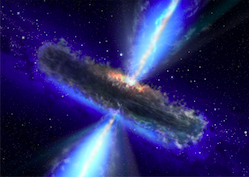
Active Galactic Nuclei (AGNs) are the manifestation of accretion of material onto the supermassive black-holes (from several millions to several billions times the mass of the Sun) found in the centers of galaxies. The result of this accretion is the production of intense radiation over the whole electromagnetic spectrum and often the ejection…
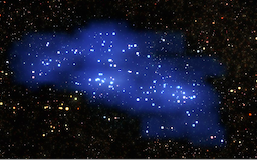
Beneath the amazing colors of the beautiful images collected by telescope facilities in space and on…

Historically, Astronomy is the first of the natural sciences with a profound impact in the development of new technologies in order to solve practical problems, such as the flow of time, as well as answer fundamental and cultural questions, such as what is our place in the Universe and whether life exists elsewhere.…

White dwarfs, neutron stars and black holes — collectively referred to as compact objects — allow the study of a variety of open questions in fundamental physics.
The Stellar Afterlife and Transients (SALT) Team at the Institute of Astrophysics-FORTH, focuses on time-domain…
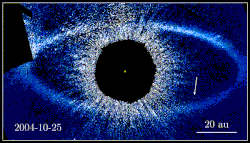
Over the past 25 years, several thousand planetary systems around other stars have been discovered and characterized around pre-main-sequence and main-sequence stars, encompassing many sub-disciplines such as planet formation, circumstellar disks, dynamics, atmospheric chemistry, demographics, astrobiology, and even…
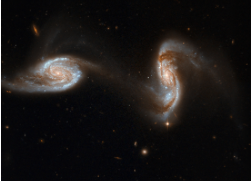
Galaxies are the places where stars form and spend their lives. They exhibit a wide variety of morphologies and colours which in general terms reflect their past history. Hence studies of galaxies provide information on the formation of stars over the history of the Universe and the growth of the super-massive black…
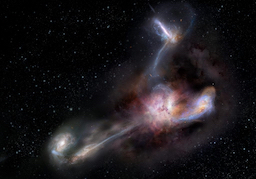
Hot dust-obscured galaxies (Hot DOGs) are a previously unknown population of high redshift galaxies at z>1 recently discovered by the NASA's WISE mission. The bolometric luminosities of Hot DOGs are extreme, exceeding those of 1013 Suns. This outstanding energy output is thought to be powered by…
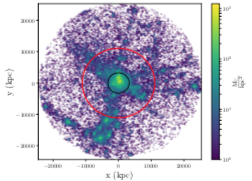
The properties of the largest structure in the Universe (galaxy clusters and superclusters) respond to the contents of the Universe - dark matter and dark energy. For this reason, the properties of these largest structures on the largest possible non-expanding scale (the so-called turnaround scale, which is the boundary between a structure and…
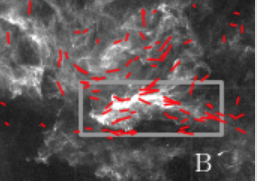
The Institute of Astrophysics hosts a world-class center for polarimetric studies of point sources in the optical, featuring cutting-edge, innovative instruments, international collaborations with world-leading groups in Instrumentation, Observations, and Theory, and a wide variety of applications, including…
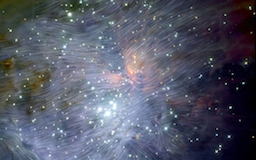
The process of the formation of stars, the building blocks of galaxies, from rarified gas lies at the foundation of modern astrophysics. Star formation is a complex physical process, which has operated over most of cosmic time and is not yet fully understood. While the study of star formation is a fundamental and…
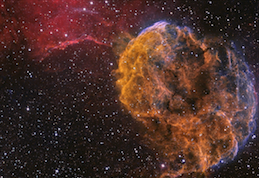
Massive stars end their lives with spectacular explosions (supernovae). These explosions enrich the interstellar material with the heavy elements produced in the stars during their lifetime. In addition the strong shock waves of the explosion heat the surrounding interstellar medium to temperatures ranging from ~103 to 107…
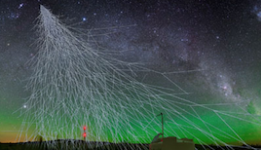
Ultra-high-energy cosmic rays are the highest-energy, rarest charged particles in the Universe. They pack the energy of an aggressively served tennis ball in a single subatomic particle. Their flux at the highest energies is as low as one particle per square kilometer per century! Their sources and their…
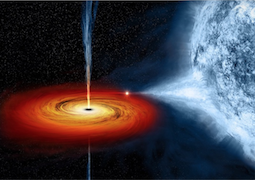
X-ray binaries are stellar systems consisting of a star and a stellar remnant such as black-hole, neutron star or a white dwarf. When material from the star (or donor) is falling onto the stellar remnant (or compact object) it is heated to temperatures of several million degrees and produces copious X-ray emission. In…
